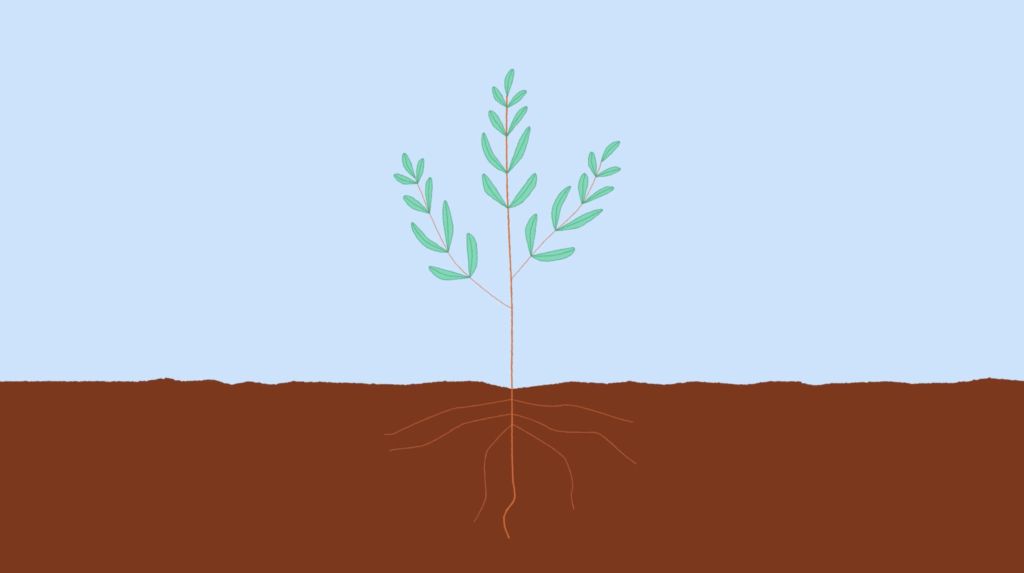In this 20-minute introductory video, IFIT’s Inclusive Narratives Practice Group member Sara Cobb explains what narratives are, how narrative dynamics shape our worldview, and how we can transform simplified narratives that polarise societies into complex narratives that help people engage peacefully.
Using examples of polarising narratives in the United States, Cobb demonstrates how they promote the validity of one group’s grievances and the moral superiority of its intentions and actions, while delegitimising the ‘other’. Soon, two to three narratives begin to dominate the public sphere, seemingly becoming the only way to describe what is occurring in politics and society and eclipsing less prominent narratives.
To tackle this challenge, the video presents creative narrative strategies that reduce oversimplification by introducing new values (grey, not ‘black and white’), new characters (beyond heroes and villains) and new plot points (that do not fit the simplified story). This approach can give legitimacy to both sides, enable a sense of shared responsibility for conflict, build agency to create bridges between poles, and ultimately foster social engagement for peace.
This video should ideally be used in conjunction with this presentation PDF:


